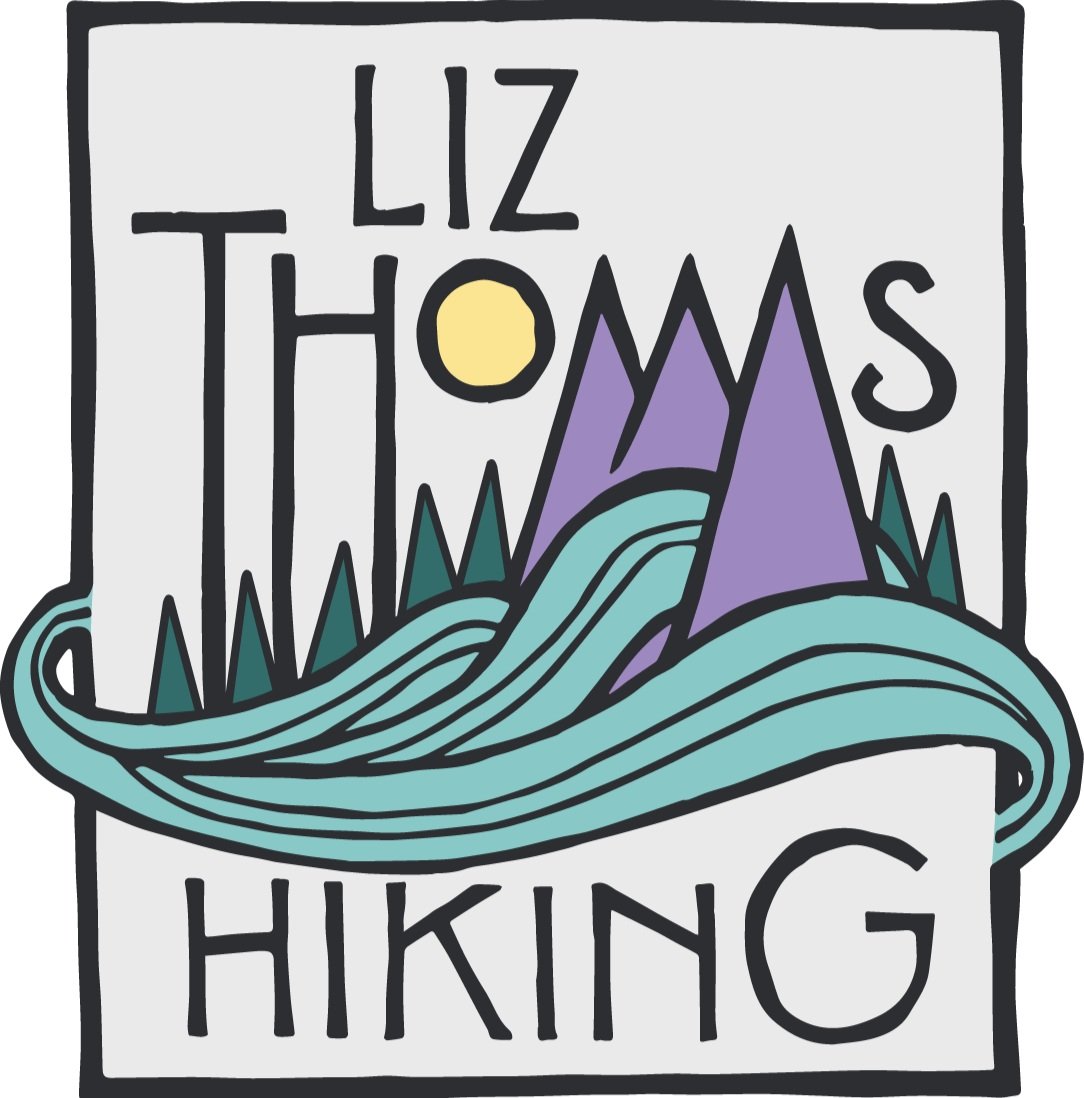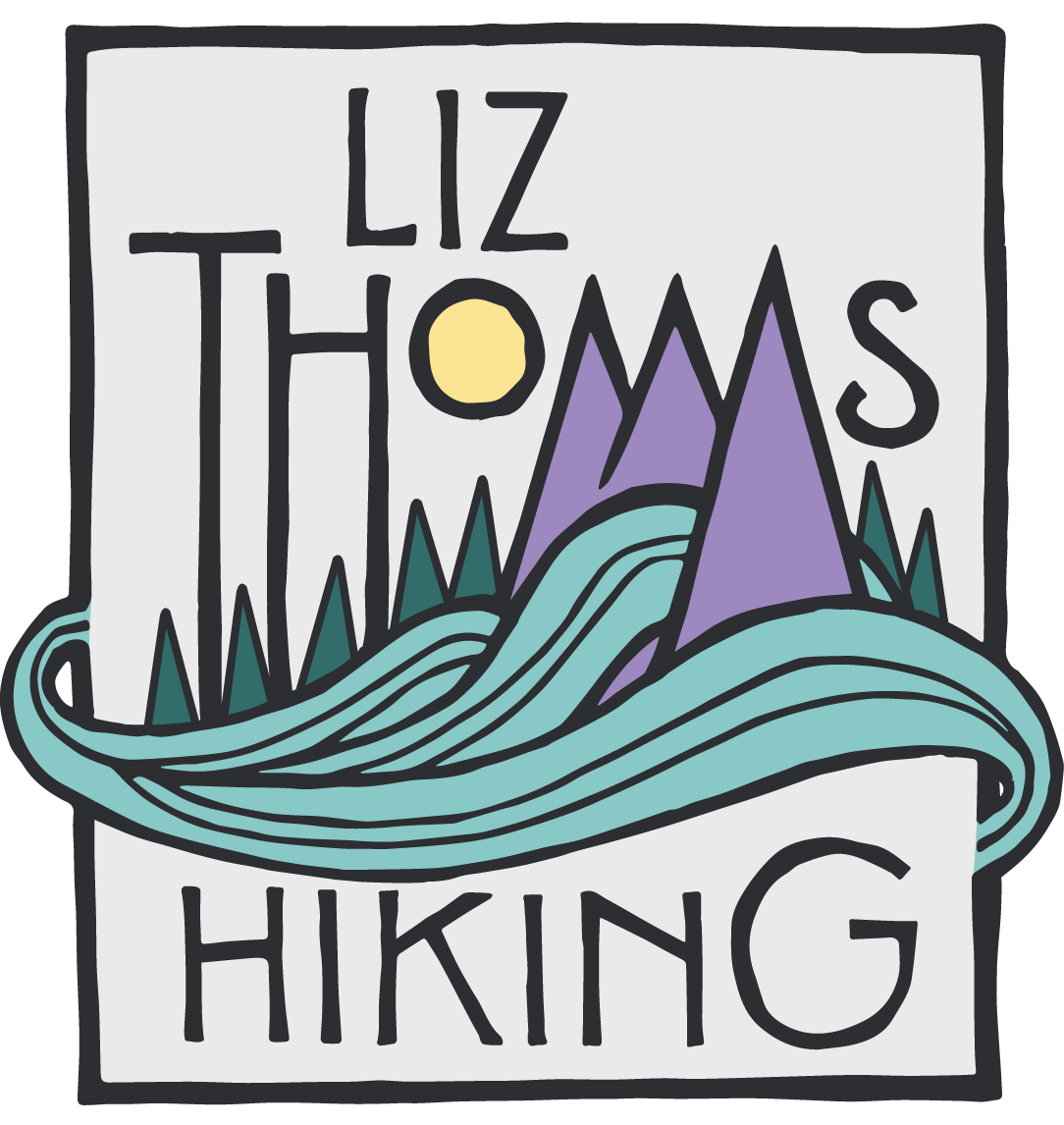Walking the world’s first urban thru-hike
Crossing toward Pershing Square in downtown Los Angeles.Photo by Kevin Steele.
If someone had asked me a month ago what makes a foot-powered adventure a hike instead of just a walk, I would have said “nature.” After my most recent trip, a strenuous 5.5 day traverse of Los Angeles, I’m not so sure.
This month, I undertook what might be the world’s first urban thru-hike—a long distance hike entirely within the confines of a city. Much like a traditional hike, my urban adventure was designed to capture the world at 3 miles per hours. Despite LA’s reputation as one of the least pedestrian friendly places in the country, when much of it was built in the 20s and 30s, its early designers actually privileged those on foot by building public stairways—vertical parks formed into the hills that connect two parallel streets separated by elevation.
LA has more than 300 of these public stairways, which function as upright sidewalks connecting the knolls of the city with the flatlands we usually associate with the metropolis. Don’t think of LA as hilly? Beverley Hills and Hollywood Hills where the Hollywood sign can be found are some well-known highlands, but the cliffs along the ocean such as Pacific Palisades and Palos Verdes also provide elevation change.
This stairway in Echo Park is just one of the hundreds of public pedestrian thoroughways in Los Angeles.
Urban hiking along Broadway in downtown. Photo by Kevin Steele.
The idea for a long distance stairway hike was conceived by Andrew Lichtman and Ying Chen, LA walking enthusiasts with a long distance hiking background (Ying has thru-hiked the Pacific Crest Trail). The two hikers confronted Bob Inman, guru of LA stairways and author of A Guide to the Public Stairways of Los Angeles, who, on their urging, developed a 180-mile, 300 stairway route traveling across the city dubbed “the Inman 300.” My hike was a hybrid of Bob’s route that also includes a well-traveled course developed by another stairway guru, Dan Koeppel, called “Stairtrek.” If you’re in LA, you should go on one of Dan or Bob’s free guided walks around the stairs of LA, either Bob’s weekly walks or Dan’s annual Stairtrek or Big Parade trips.
It’s true that my experience on the Inman 300 was different than on a wilderness walk. Yet, the Inman 300 confirmed my suspicion that the answer to the question “why do you hike?” is strongly tied into my love of walking.
Hiking, whether urban or mountain, is exploring; despite living in Southern California for four years, the Inman 300 was my first visit to most of the 53 neighborhoods on my hike. On both urban and wild hikes, I get to have a fun time navigating (and the gratifying feeling of getting navigation correct). Both kinds of trail allow a walker to learn through experience. These are aspects of hiking that are universal regardless of the setting.
These stairways are as much a part of LA’s transportation system as its highways. Similar to a mountain trail, a stairhiker goes where the car can never go and sees views the driver will never know.
Crossing in front of the Los Angeles Times building in downtown Los Angeles. Photo by Kevin Steele.
The urban walk does have a leg up on mountain walking in some respects. Urban hikers don’t have to carry a tent or sleeping bag (there are plenty of hotels along the way). Restaurants are easily found and hikers don’t have to worry if there will be a water source in the near future. I always knew that if I became injured, that unlike a remote trail, getting help would be easy.
While these aspects might convince a veteran mountain walker to urban hike, I hope that my stories from the LA route might convince some city folk to strap on a pack and explore places on foot that can’t be reached by car, even if they’re only going for a walk in their own neighborhood.





